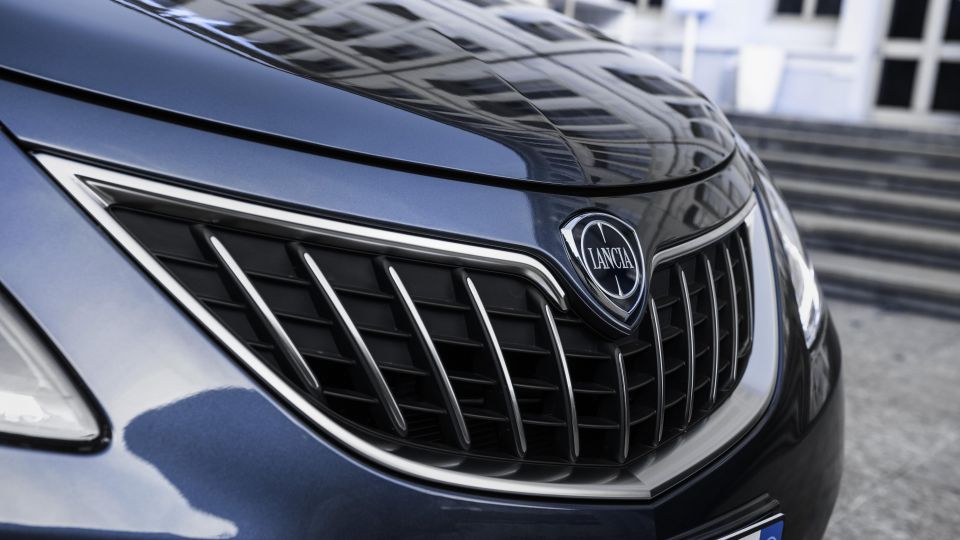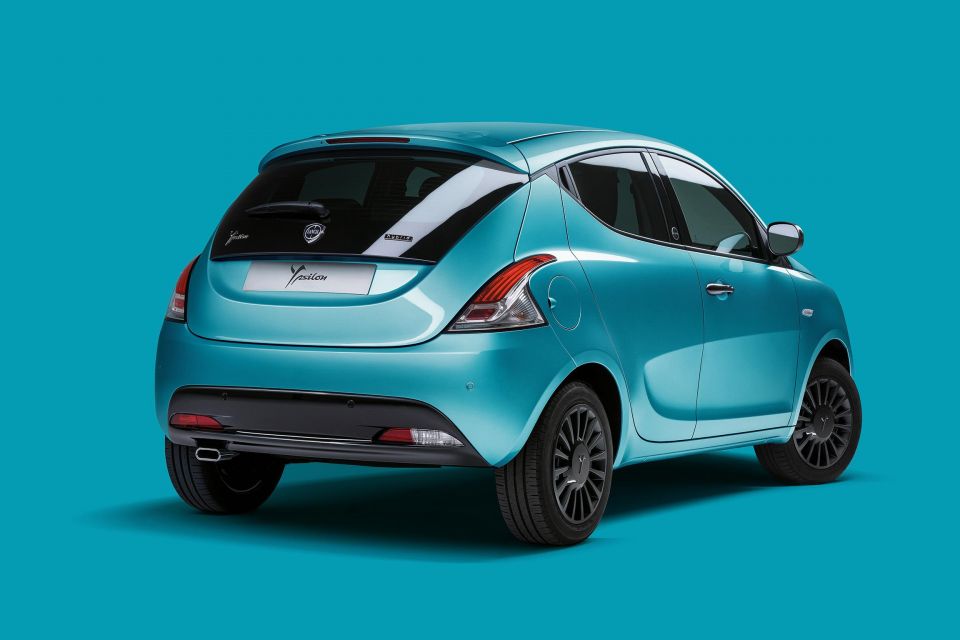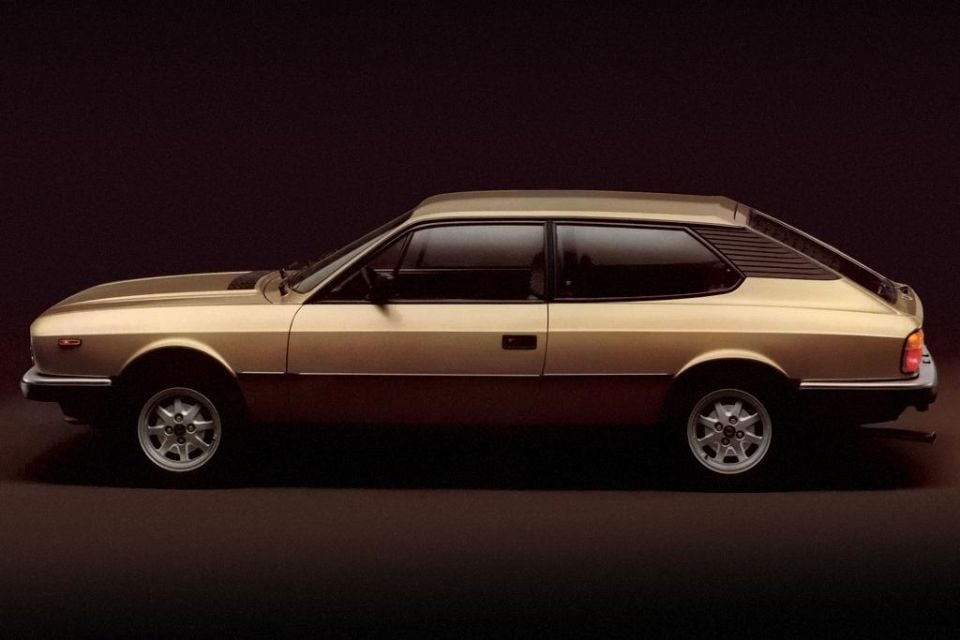

Max Davies
2026 GWM Cannon Ultra review
6 Days Ago
Lancia is finally getting ready to leave exile in Italy, with plans to expand throughout Europe and potentially right-hand drive markets.

News Editor


News Editor
Lancia is finally stepping out of Italy once again, and it could return to right-hand drive markets once it establishes a foothold in western Europe.
The brand’s CEO, Luca Napolitano, says its 10-year plan at present doesn’t involve expanding outside of Europe or returning to motorsport as Lancia attempts to restore its credibility.
“However, in the coming year, if things go well, why not trying to bring (Lancia models with) right-hand drive also in Japan, South Africa or Australia?” he told Reuters.

The plan calls for a replacement for the Ypsilon light hatch in 2024, with both hybrid and electric powertrains, then a mid-sized crossover in 2026 – possibly called the Aurelia – and a small hatch in 2028 that’s set to dust off the Delta nameplate.
The latter two models will be fully electric, making the next Ypsilon the last Lancia to offer an internal-combustion engine.
The renewed focus on Lancia, which had been left to wither under the former Fiat Chrysler Automobiles (FCA), is part of Stellantis’ plans to give each of its 14 brands a 10-year plan and 10 years of funding.
MORE: Alfa Romeo, other troubled brands getting 10 years of funding

The resurgent Lancia will target Germany and France first, before expanding west to Spain and north into Scandinavia.
Napolitano says he wants 25-30 per cent of Lancia sales to be outside of Italy at first, eventually reaching 50-50.
The dealership network will be kept small, with retail locations only in large urban areas. Around 100 are mooted, in 60 different cities, which would also sell other Stellantis brands.
The company will also push online sales, with Napolitano saying he wants it to be possible to buy a Lancia with just three clicks.
Another item on the agenda is for Lancia to become the Stellantis brand with the highest share of recycled materials.
The brand isn’t chasing volume at all costs, with a focus on profitability.

It’s been grouped as part of Stellantis’ Premium tier of brands, which also includes Alfa Romeo and DS.
“We still need to work and need to look at a benchmark… which for us is Mercedes,” said Napolitano.
“I don’t mean we want to fight against Mercedes, that would be naive, but that is an example of what we look at”.
The new Lancias will be designed under the eye of Jean-Pierre Ploue and will offer an “understated, clean Italian elegance, with soft surfaces and great quality”, according to Napolitano.
Napolitano says he’s working with Alfa CEO Jean-Philippe Imparato and DS CEO Beatrice Foucher to find synergies between the brands but maximise differentiation.

Lancia was last seen in Australia in the mid-1980s with the Beta family.
There were mooted plans to bring the first-generation Delta here, along with larger fare like Thema, but these never eventuated. That’s despite said models being made available across the pond in New Zealand.
After widespread rust issues in the 1970s tarnished the brand’s reputation, sales dwindled in its largest right-hand drive market – the UK – and in the 1990s Lancia opted to discontinue right-hand drive production entirely. It left the UK in 1994.
The current Ypsilon and previous generation of Delta were manufactured in right-hand drive, but were sold under the Chrysler nameplate in the UK.

It was part of a move to “twin” the Lancia and Chrysler brands, with Lancia offering rebadged Chrysler models like the 200 convertible (Flavia), 300 sedan (Thema) and Voyager minivan (Voyager).
This experiment didn’t last long, with the last of the rebadged products axed in 2016 as the combined operation failed to reach sales targets.
In 2017, Lancia withdrew from all markets bar Italy where it continues to sell just one model: the ageing Ypsilon light hatch.
William Stopford is an automotive journalist based in Brisbane, Australia. William is a Business/Journalism graduate from the Queensland University of Technology who loves to travel, briefly lived in the US, and has a particular interest in the American car industry.


Max Davies
6 Days Ago


Josh Nevett
4 Days Ago


Max Davies
4 Days Ago


Max Davies
3 Days Ago


Neil Briscoe
2 Days Ago


Max Davies
23 Hours Ago